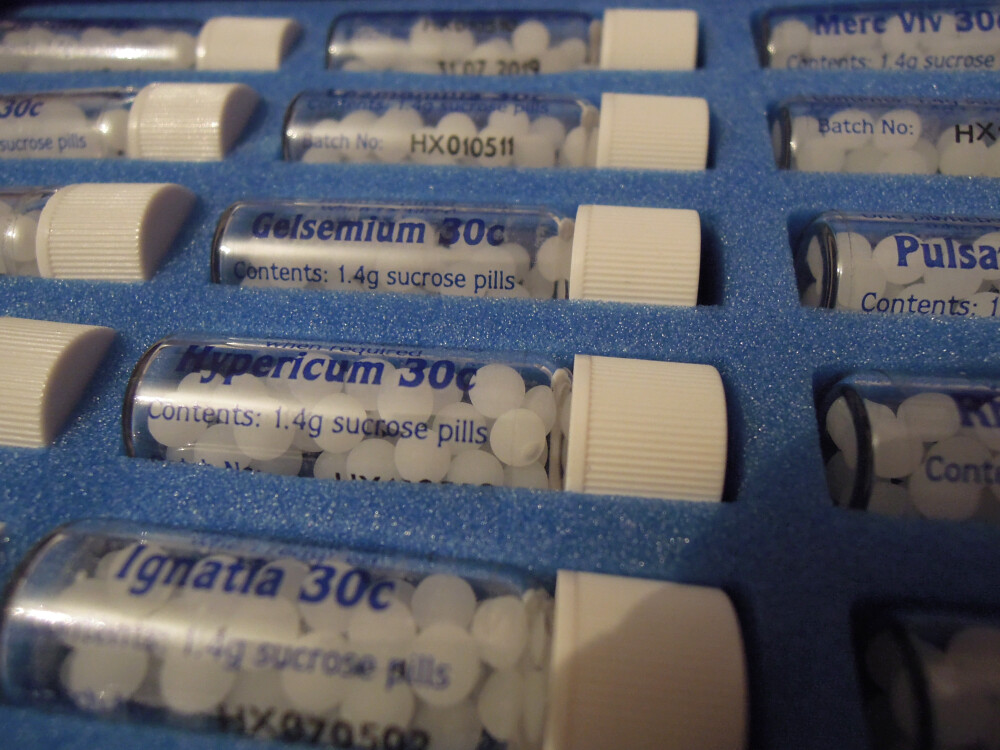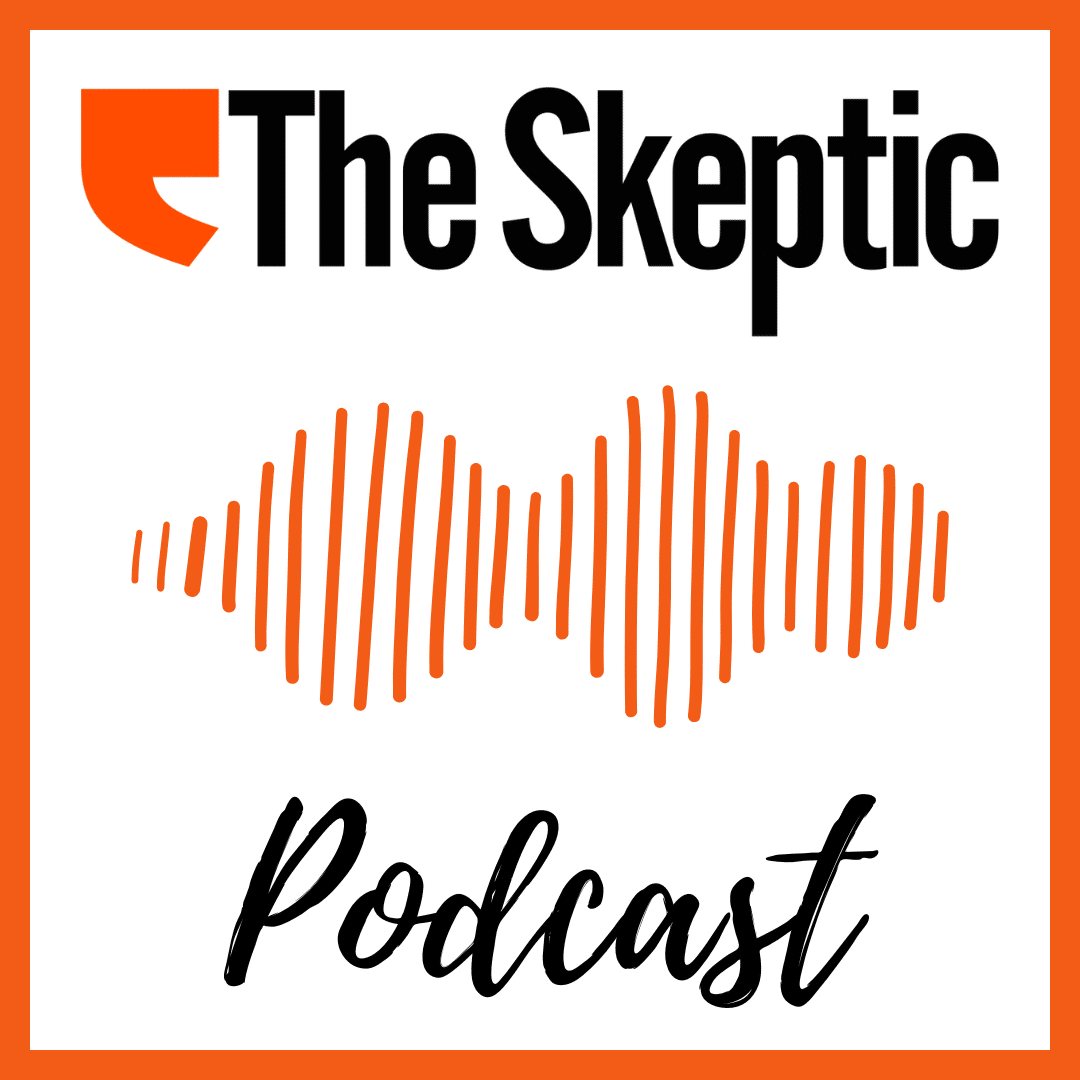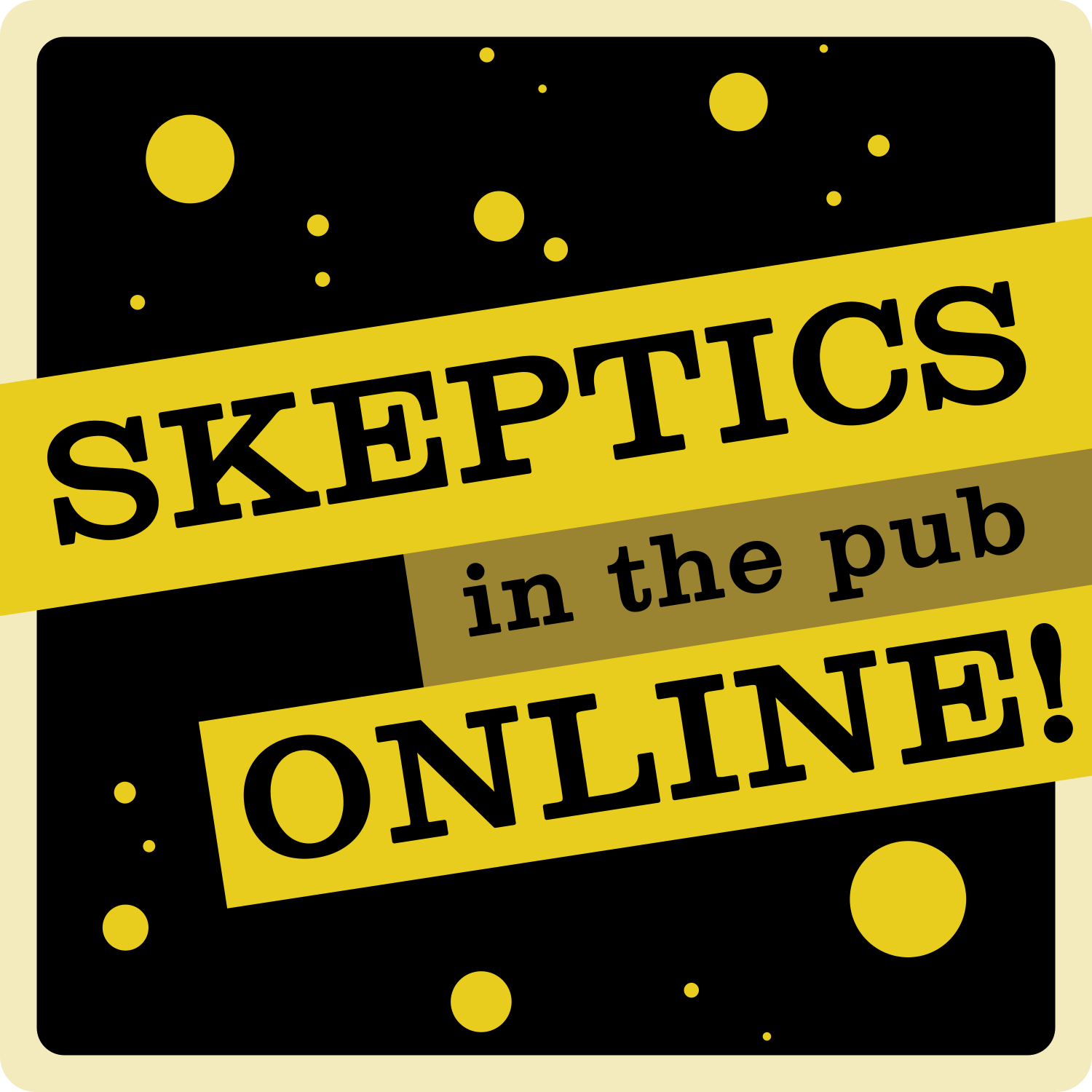According to many homeopaths, homeopathy is controversial mainly because nobody knows how it works. If only they could identify a mechanism of action (MoA), they feel, the rest of the world would readily accept homeopathy as a useful therapy. Thus the world of homeopathy is frantically searching for a half-way plausible MoA.
So far, several have been suggested. The Water Memory Hypothesis suggests that water retains a ‘memory’ or ‘energetic imprint’ of the original substance even after being diluted to the point where not a single molecule of the substance remains. The preparation process of potentisation (vigorous shaking, or ‘succussion’, between dilutions) is claimed to produce this ‘imprinting’. Alternatively, the Electromagnetic Signals/Quantum Theory suggest that the dilutions create electromagnetic signals or that the effects can be explained by quantum theory, where the original substance leaves a persistent energetic signature in the solution.
A recent editorial by Robert Mathie published in the Journal ‘HOMEOPATHY’ and entitled “A Turning Point for Homeopathy?” highlights yet another theory, namely the notion of homeopaths that the MoA of homeopathic remedies is explicable by the presence of nano-particles in their remedies. It is currently the favourite contender in the run for a MoA. Here is the crucial section from this paper:
… the homeopathy community should consolidate a modern collective view on homeopathy’s physical mechanism of action as one based on the presence of nanoparticles in its ultradiluted medicines. The nanoparticle theory is given further weight in the current issue with the Original Research article by Van Wassenhoven et al, ‘Characterization of aqueous ultra-high homeopathic potencies: nanoparticle tracking analysis’, which concludes that the material nature of the potencies investigated is ‘most likely […] a mixture of nanobubbles and elements from the atmosphere and container’. The latter authors’ statement, ‘The idea that homeopathic medicines are non-material, proposed both by opponents of homeopathy and traditional homeopathic practitioners, cannot be sustained in the light of these findings’, independently mirrors Professor Dei’s viewpoint.
I have repeatedly pointed out for many years that the nanoparticle theory is nonsense. What, for instance, are the nanoparticles of the many non-material homeopathic remedies, such as ‘vacuum’ or ‘X-rays’? And even if nanoparticles of, for instance, Arnica were contained in a homeopathic remedy, how would that explain its MoA?
Perhaps homeopaths need reminding that, to comprehensively explain the MoA of a medicine, a whole range of key elements are required:
- Target Identification: The specific biological target(s) the medicine interacts with, such as proteins (enzymes, receptors), nucleic acids (DNA, RNA), or other biomolecules.
- Binding and Interaction: The type of interaction between the medicine and its target, including binding affinity, specificity, and the molecular forces involved (e.g. hydrogen bonding, hydrophobic interactions).
- Biochemical Consequences: The effects of the medicine-target interaction on the target’s function, such as enzyme inhibition or activation, receptor agonism or antagonism, or modulation of gene expression.
- Signalling Pathways: The downstream signalling cascades or pathways affected by the medicine-target interaction, including the key molecules and cellular processes involved.
- Cellular and Physiological Effects: The resulting changes in cellular behaviour, physiology, or biochemistry, such as changes in cell growth, differentiation, or survival, or alterations in tissue function.
- Therapeutic Outcome: The ultimate clinical effect of the medicine, including the alleviation of symptoms, modification of disease progression, or cure of the underlying condition.
- Pharmacokinetics and Pharmacodynamics: The relationship between the medicine’s concentration, its effects on the target, and the resulting therapeutic outcome, including factors such as absorption, distribution, metabolism, and elimination.
- Dose-Response Relationship: The correlation between the medicine’s dose and its effects, including the optimal therapeutic dose range and potential toxicities.
- Molecular Specificity and Selectivity: The degree to which the medicine selectively targets the intended biological pathway or process, minimizing off-target effects and potential side effects.

A full understanding of how a medicine works can only be developed once these elements understood. In the case of homeopathy, we are nowhere near this point. Therefore, the ‘nanoparticle theory of homeopathy’ (as well as all the other pseudoscientific theories for explaining how homeopathy works) is little more than wishful thinking.
It would be more honest of homeopaths, I think, to stick to Hahnemann’s dogma and concede that their remedies work by acting on a mystical life force or energy. At least this would make it obvious to the public that homeopathy is an obsolete, implausible and even quite ridiculous notion from the past.



